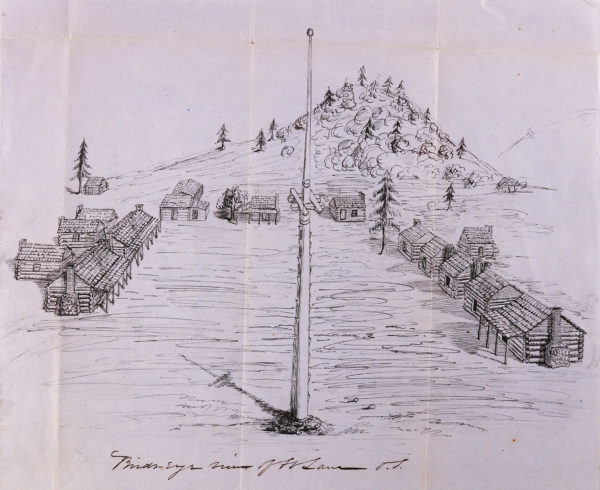Interpreting the 2020 Election: What the Results Mean for Historical Archaeology
Results of the January 9, 2021 Society for Historical Archaeology (SHA) Government Affairs Advocacy Session:…


Post prepared by Mark Axel Tveskov, Southern Oregon University Laboratory of Anthropology
The forthcoming issue of Historical Archaeology [Vol 53(1)] includes a thematic collection dedicated to the archaeological reading of frontier fortifications, one of our most enduring signifiers of settler colonialism. The authors consider the role of military, colonial, or trade fortifications and their imposing materiality in the innovation, negotiation, retrenchment, and disruption of identity over the centuries of North American settler colonialism. The papers conceptualize colonial settings as liminal and ambiguous spaces where, despite the unequal power dynamics at play, cultural practices and social arrangements were highly volatile. At the same time, any given fortification, including those considered by the various authors, was used in a particular geographic, cultural, and temporal moment that conditioned how identity, class structure, labor practice, and ideology were disrupted, negotiated, and often normalized.
The collection includes case studies drawn from across two centuries of colonialism in North America. The focus varies, ranging from comparative studies of particular faunal and artifact assemblages, the spatial analysis of domestic and architectural features, to the innovative use of remote sensing data. We are particularly honored that the volume concludes with a discussant paper by Kent Lightfoot, whose scholarship has inspired so many of us to look at colonialism as a center rather than a margin. Mark Axel Tveskov and Chelsea Rose serve as guest editors for these papers, which include:
Tveskov, Mark Axel and Chelsea Rose, Southern Oregon University Laboratory of Anthropology
Disrupted Identities and Frontier Forts: Enlisted Men and Officers at Fort Lane, Oregon Territory, 1853-1856
Nassaney, Michael S., Western Michigan University
Cultural Identity and Materiality at French Fort St. Joseph (20BE23), Niles, Michigan
Cobb, Charlie, Florida Museum of Natural History
Flat Ontologies, Cosmopolitanism, and Space at Carolina Forts
Emily Taber, Douglas C. Wilson, Robert Cromwell, Katie Wynia, and Alice Knowles,
Transfer-Printed Gastroliths: Fowl-ingested Artifacts and Identity at Fort Vancouver’s Village.
Eichelberger, Justin E., Oregon State University
Colonial Identities of U.S. Army Commissioned Officers: The Negotiation of Class and Rank at Fort Yamhill and Fort Hoskins, Oregon, 1856-1866
Wilkie, Laurie A., University of California, Berkeley
At Freedom’s Borderland: The Black Regulars and Masculinity at Fort Davis, Texas
Eichner, Katrina C., University of California, Berkeley
Frontier Intermediaries: Army Laundresses at Fort Davis, Texas
Arnott, Sigrid, Sigrid Arnott Consulting, LLC and David Maki, Archaeo-Physics, LLC
Forts on Burial Mounds: Interlocked Landscapes of Mourning and Colonialism at the Dakota-Settler Frontier, 1860-1876
Lightfoot, Kent, University of California, Berkeley
Frontier Forts: Colonialism and the Construction of Dynamic Identities in North America
Images: (L) Fort Lane drawn in 1855 by the commanding officer; (R) the Fort Lane site today from the same view.